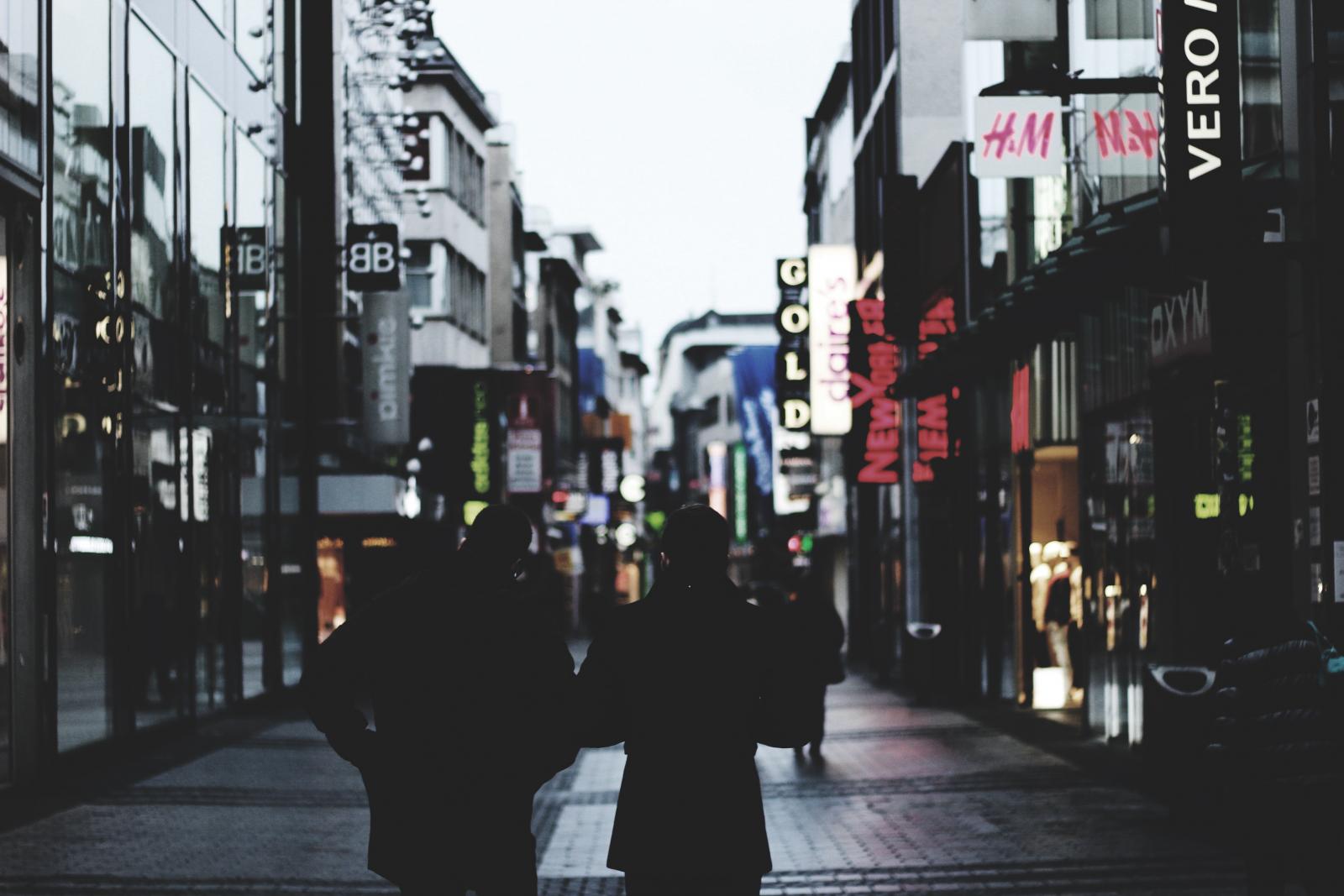The high street retail apocalypse (and should public transport learn to stop worrying about it?)

I took the temperature of the debate about the future of UK city and town centres at a packed out Key Cities conference this week. Here’s what I learned...
Is the end nigh for the high street?
Most things are still bought in shops, however high street retail is clearly in retreat as on-line sales go up. It’s big-medium centres rather than the very largest city centres that are being hardest hit by this trend as the surviving big high street names hole up in the core cities. Out-of-town superstores and retail parks are also under threat from the retail apocalypse as why would you pick your items from the racks of a big retail shed when a robot will do it for you from a distribution shed and then have it delivered to your door? As one speaker said, “we are moving from retail which revolves around the car to retail which revolves around the phone”. And then there’s the retail jobs apocalypse as many of the high street stores that remain do away with cashiers in favour of contactless payment. Given the above, there was a strong consensus that plans for town and secondary city centres can no longer be based on retail. And retail also needs to be about more than selling stuff. It is now about attracting people to visit town centres for an experience - because if you are having a good experience you will probably buy something. If you aren’t then you will buy it online. What is the unique story of this place? Why is this place different? Retail was all about making every high street look the same. Now it’s about making everywhere look different. It’s the fresh food emporium (hosting multiple independent outlets and cafes) which will be the anchor of the town centre - not the big name department store. ‘Right sizing’ was another key phrase - as in some town and city centres are just too big for what’s now needed. Right-sizing retail can also mean making room for more housing in town centres - which can also bring more life to them. Though the problem for many towns and secondary cities is that too much of what residential there currently is can be student, poor quality or high end. The housing and social mix is missing. There’s clearly unfair competition from our tax dodging, smug, wannabe overlords of the internet and the moves the Government has made so far on retail business rates don’t go far enough to redress the balance.
What does all this mean for public transport?
In principle, less shopping trips (particularly into secondary centres) is bad news for the bus, especially because a lot of them are made on the bus. However, as secondary centres shift their focus to making themselves into more distinctive and attractive places to spend time in then, can the bus also align itself with this rediscovery of local pride and identity? Instead of a ‘by the numbers’ corporate brand that happens to serve this particular place, what about bus services that have that places identity running through them like Blackpool through a stick of rock, which are all over the annual events programme of that place and whose branding is that of the place they serve? Looking at both rail and bus there are also some big opportunities to be the catalyst for more housing in town and city centres either through building them into new or redeveloped stations and interchanges or through release of brownfield sites. There are also opportunities for stations to become destinations in their own right (through opening up redundant buildings to community, social or independent retail use). Magnificent Victorian station buildings can also become the stunning gateway to towns and cities that people want to visit.
A few final, and wider observations.
We can’t keep hammering the resources of local government and expect to get difficult challenges like turning around town centres done as efficiently, rapidly and well as it needs to be. As someone said, local government is the ‘custodian of place’ and both the built heritage and the cultural capital of towns and secondary cities needs a lot of careful TLC. This needs people who feel valued, will stick with it for the long term and have the skills to do it. There was very little discussion of ‘smart cities’ - much more interest in the material world of people, community and buildings. The heavy focus on retail left a nagging doubt that the push to turn places into attractive destinations can sometimes feel like a push for sufficient gentrification of town and city centres so that nice middle class people like us can sell expensive coffee and such like to other nice middle class people like us. Yet, with one in five people in the UK below the poverty line (more in some of our towns and secondary cities), what is this agenda doing for them? All the key cities have far wider policies and programmes for tackling poverty and raising economic performance of course, which is good because towns won’t be fixed by expensive cups of coffee alone!
Overall there’s a sense that the collapse of more big retail names and the hollowing out of more high streets has elevated the issue to the first rank of domestic political concerns and galvanised some new thinking around reimagined town and secondary city centres. Public transport may also need to do some reimagining in order to stay relevant to high streets and town centres that are redefining their role as the phone supplants the car as the agent of retail revolution.
Jonathan Bray is Director at Urban Transport Group Read our recent report About towns - How transport can help towns thrive

